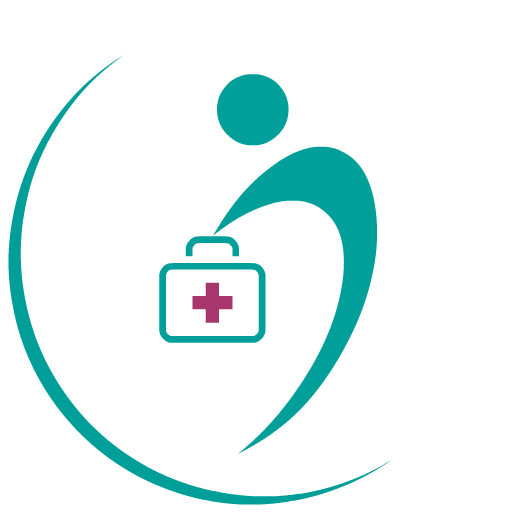Diaphragm paralysis is a medical condition in which the diaphragm muscle becomes weakened or paralyzed.
This muscle plays a critical role in respiration, so any disruption to its function can lead to significant breathing difficulties and related symptoms. In this article, we will provide a comprehensive overview of what you need to know about diaphragm paralysis, including its causes, symptoms, diagnosis, treatment, and management.
Causes of Diaphragm Paralysis
There are several possible causes of diaphragm paralysis. One of the most common causes is damage to the phrenic nerve, which controls the movement of the diaphragm. This can occur due to trauma, surgery, or neurological conditions such as ALS.
In addition, diaphragm paralysis can also be caused by a variety of medical conditions, including:
Myasthenia gravis: This condition causes weakness and fatigue in the muscles, including the diaphragm.
Lyme disease: This tick-borne illness can cause a range of symptoms, including diaphragm paralysis.
Viral infections: Certain viruses, such as poliovirus and coxsackievirus, can attack the nerve cells that control the diaphragm.
Tumors: In rare cases, tumors in the chest or neck can press on the phrenic nerve, leading to diaphragm paralysis.
Symptoms of Diaphragm Paralysis
The most common symptom of diaphragm paralysis is shortness of breath, which can occur during exertion or even at rest. Other symptoms can include:
Difficulty breathing when lying down
Chest pain
Fatigue
Abnormal breathing patterns, such as rapid or shallow breathing
In severe cases, diaphragm paralysis can lead to respiratory failure, which requires immediate medical attention.
Diagnosis of Diaphragm Paralysis
Diagnosis of diaphragm paralysis typically involves a physical exam, as well as imaging tests such as X-rays or CT scans. In some cases, nerve conduction studies may also be used to assess the function of the phrenic nerve.
One common diagnostic test for diaphragm paralysis is the sniff test, in which the patient inhales rapidly through the nose while a radiologist observes the movement of the diaphragm on an X-ray or fluoroscopy image. This test can help determine the severity of the paralysis and identify any underlying causes.
Treatment for Diaphragm Paralysis
Treatment for diaphragm paralysis depends on the underlying cause of the condition. In some cases, surgery may be necessary to repair or replace the damaged nerve.
One surgical option for diaphragm paralysis is phrenic nerve reconstruction, which involves transferring a healthy nerve from another part of the body to replace the damaged phrenic nerve. Another surgical option is diaphragm plication, which involves folding and suturing the diaphragm to improve its function.
Other treatment options for diaphragm paralysis may include:
Medications: Certain medications, such as anticholinesterase drugs, can help improve muscle strength and function.
Assistive devices: These devices, such as ventilators or diaphragm pacemakers, can help support breathing in patients with severe diaphragm paralysis.
Physical therapy: Strengthening exercises and breathing techniques can help improve diaphragm function and reduce symptoms.
Living with Diaphragm Paralysis
Living with diaphragm paralysis can be challenging, but there are ways to manage the condition and improve quality of life. This may include following a healthy diet and exercise regimen, using assistive devices as needed, and working closely with medical professionals to manage symptoms and prevent complications.
Prevention of Diaphragm Paralysis:
In many cases, diaphragm paralysis cannot be prevented. However, there are some steps you can take to reduce your risk of developing the condition.
Some of these steps include:
Wearing protective gear during sports or other physical activities
Avoiding smoking and exposure to secondhand smoke
Maintaining a healthy weight
Practicing good posture
Conclusion:
If you experience any symptoms of diaphragm paralysis, it is important to consult a healthcare provider for a proper diagnosis and treatment. To consult a doctor, download our app today!
While some cases of diaphragm paralysis cannot be prevented, there are steps you can take to reduce your risk of developing the condition. By maintaining a healthy lifestyle and practicing good posture, you can help protect your diaphragm muscle and reduce your risk of developing diaphragm paralysis.
Blogs
Stay connected to health experts and read what they have to say via DocSmart.
Please sign up to create your own blog





